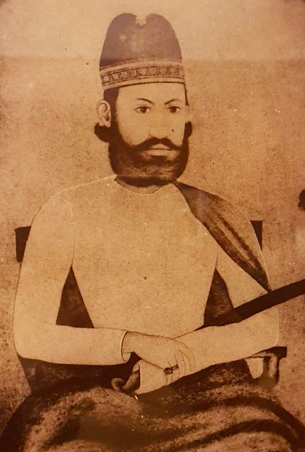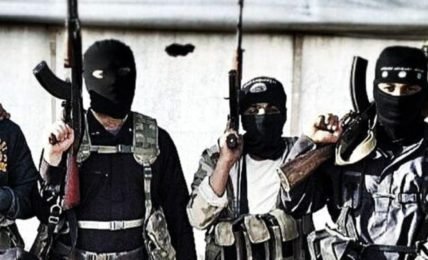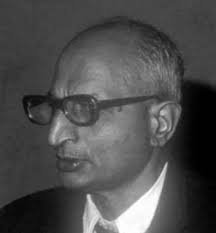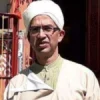Gangadhar Who? An Attempt to identify the historic gangadhar nehru
Is Gangadhar Nehru Ghiyasuddin Ghazi, the Kotwal of Delhi during the 1857 Rebellion? I believe not. For a minute, let's assume he is. If he is, what can we infer regarding him from the contemporary literature? Is he Ghiyasuddin Ghazi or an equivalent of his?





